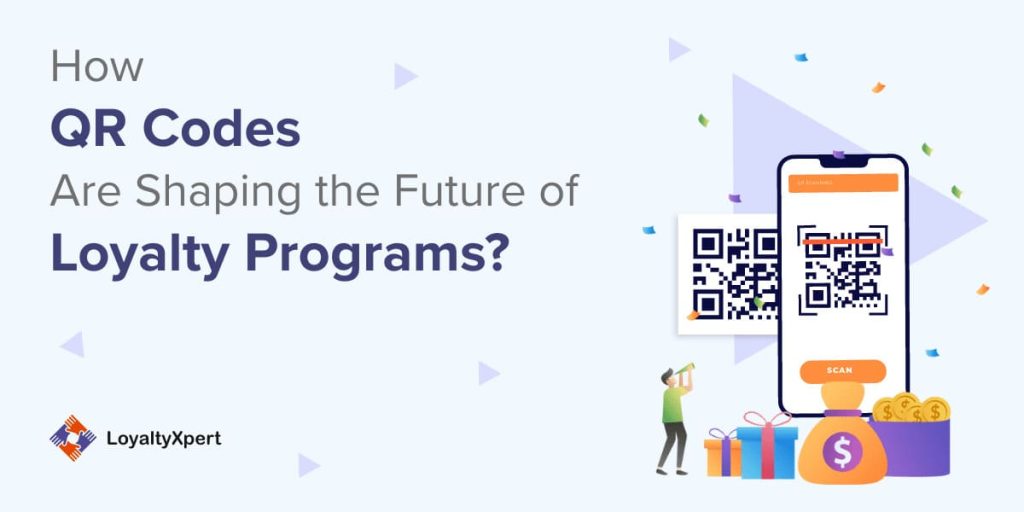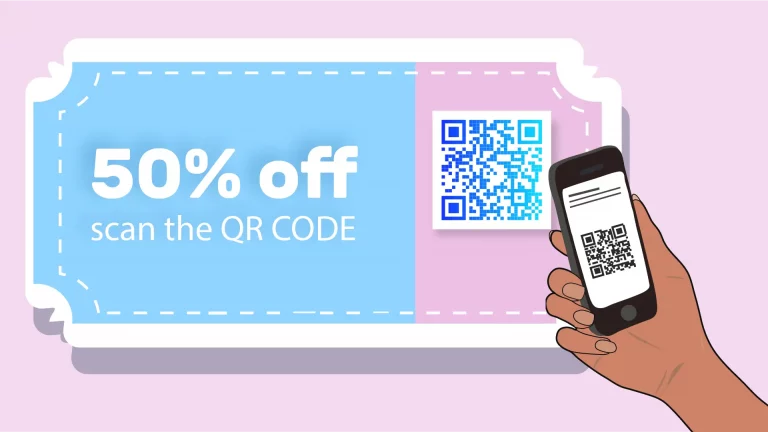The Benefits of Implementing a Loyalty System for Your Brand name's Success
The Benefits of Implementing a Loyalty System for Your Brand name's Success
Blog Article
Make Best Use Of Involvement With a Reliable Loyalty System Approach
In today's affordable landscape, a reliable loyalty system approach is crucial for making the most of consumer interaction. Services should prioritize a nuanced understanding of client preferences and psychological triggers, utilizing data analytics to create customized rewards.

Recognizing Consumer Demands
Understanding client needs is extremely important for the success of any type of commitment system method. A thorough grasp of what drives consumer actions allows services to tailor their programs successfully. This includes not just recognizing the preferences and purchasing routines of clients yet also comprehending their emotional triggers and inspirations.
To accomplish this, companies must utilize information analytics and client feedback devices. Evaluating acquisition history, interaction patterns, and demographic details provides useful understandings right into consumer choices. In addition, straight responses through studies or focus teams can illuminate specific needs and pain factors that might not be apparent from transactional information alone.

Eventually, a deep understanding of client needs fosters stronger connections, enhances consumer fulfillment, and advertises retention. This foundational expertise allows companies to design commitment campaigns that resonate with their audience, thus driving involvement and encouraging long-term brand commitment.
Designing Compensate Frameworks
Creating efficient benefit structures is crucial for a successful loyalty system, as they directly affect customer engagement and retention. To make an impactful reward structure, companies need to align their offerings with client choices and habits. This involves comprehending the inspirations behind client loyalty, such as discounts, exclusive offers, or experiential benefits.
A tiered incentive system can incentivize much deeper client interaction by offering progressively important rewards as clients get to higher spending levels. This motivates ongoing interaction and grows a feeling of accomplishment among individuals. Loyalty System. Additionally, using customized incentives based on individual acquisition history can boost the regarded value of the loyalty program, making customers really feel recognized and valued
In addition, it is crucial to make sure that the incentives are possible. If customers regard incentives as too hard to achieve, they may disengage from the program altogether. Balancing possible objectives with aspirational incentives fosters a positive experience, urging continuous participation.
Using Innovation Efficiently
As businesses increasingly identify the importance of loyalty programs, properly utilizing technology ends up being vital to their success. Advanced information analytics devices enable firms to collect and interpret customer actions patterns, allowing the advancement of individualized advertising and marketing methods that resonate with individual choices. By leveraging client connection administration (CRM) systems, organizations can track communications and benefit redemptions, making certain a smooth experience for participants.
Mobile applications play an important duty in improving user useful content interaction by providing simple accessibility to commitment program information and benefits. These apps can assist in real-time notices regarding promos, which urges prompt engagement. In addition, about his integrating social networks systems into commitment programs not only improves visibility yet likewise promotes area involvement, permitting consumers to share their benefits and experiences.
Additionally, utilizing man-made knowledge (AI) can automate client communications, supplying customized referrals and improving action times. This innovation not only improves the consumer experience but also makes it possible for businesses to enhance their loyalty approaches based on predictive insights. Eventually, the reliable usage of innovation in loyalty programs not just boosts client fulfillment but also drives long-term retention, making certain that companies remain competitive in a quickly progressing market.
Interacting Value Recommendations
How can companies effectively communicate their worth proposals to enhance consumer commitment? To achieve this, organizations must first determine and express the special benefits their commitment programs provide. This needs a clear understanding of customer needs and choices, permitting businesses to tailor their messages as necessary.
Making use of numerous interaction channels is crucial. Email newsletters, social networks, and in-store signs can all function as platforms to convey value proposals successfully. Consistency in messaging across these networks reinforces the loyalty program's benefits and ensures that clients continue to be informed.
Furthermore, storytelling can boost engagement by highlighting just how the commitment program influences consumers' lives. Sharing testimonies or situation researches can create a relatable narrative that reverberates with potential and existing members. In addition, services must stress exclusivity and personalization, showcasing how loyalty participants get access to unique incentives or experiences that non-members do not get.
Determining Success and Feedback
While implementing a commitment program can be a substantial financial investment, gauging its success and event customer feedback are crucial actions that guarantee its long-lasting efficiency. Developing vital performance indications (KPIs) such as customer retention rates, ordinary deal worth, and program registration rates supplies a measurable structure to assess the program's effect. In addition, tracking interaction metrics like participation regularity and benefit redemption rates can reveal insights into consumer actions and complete satisfaction.
Customer responses is equally essential. Using studies, focus groups, and social media sites paying attention can assist gather this qualitative data on client assumptions of the loyalty program. This information makes it possible for services to recognize staminas, weak points, and locations for renovation. Regularly evaluating this feedback guarantees the program continues to be aligned with consumer assumptions and preferences.
In addition, benchmarking versus sector criteria enables for a relative analysis to determine the program's effectiveness. By manufacturing both quantitative and qualitative data, organizations can make informed decisions about required modifications to improve the loyalty program. Loyalty System. Ultimately, a robust dimension and feedback strategy not just shows the program's value but likewise promotes an ongoing discussion with consumers, enhancing their commitment and dedication to the brand name
Verdict
A reliable loyalty system strategy calls for a detailed understanding of customer demands, the style of appealing incentive structures, and the skilled use technology. By clearly connecting value suggestions and constantly measuring success via comments, businesses can produce a vibrant atmosphere that cultivates consumer engagement and commitment. Eventually, the integration of these elements improves consumer satisfaction and drives maintained engagement, resulting in long-lasting success and productivity in a competitive industry.
Developing reliable incentive frameworks is important for a successful loyalty system, as they directly influence customer interaction and retention.A tiered reward system can incentivize much deeper consumer interaction by offering increasingly valuable benefits as clients get to greater spending levels. Furthermore, providing personalized rewards based on specific purchase history can boost the perceived value of the loyalty program, making consumers really feel understood and appreciated.
Furthermore, incorporating social media systems into loyalty programs not just increases visibility yet likewise fosters community engagement, permitting clients to share their rewards and experiences.
Ultimately, the effective use of innovation in commitment programs not just boosts customer satisfaction but also drives long-term retention, making sure that services stay competitive in a quickly developing market.
Report this page